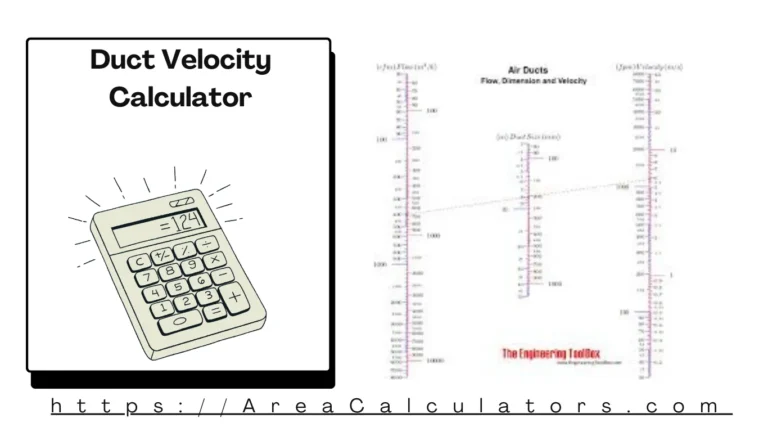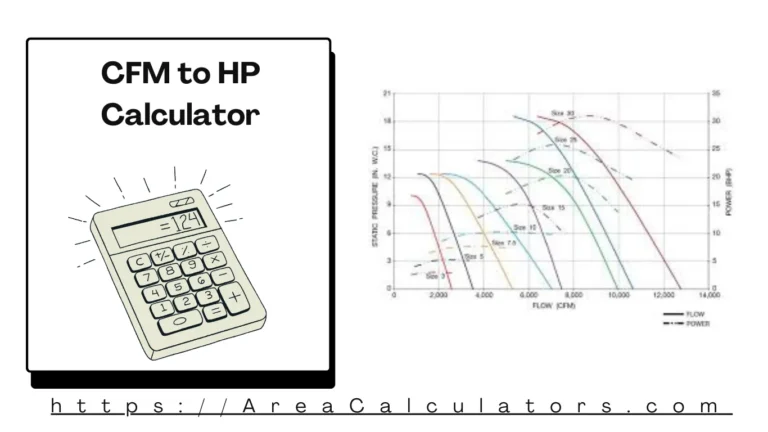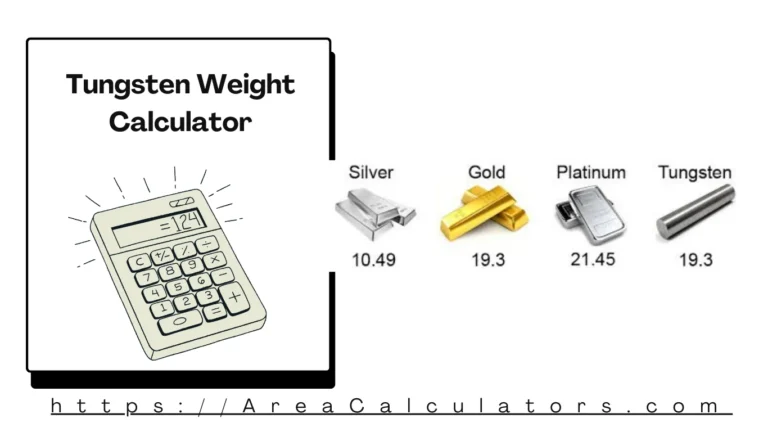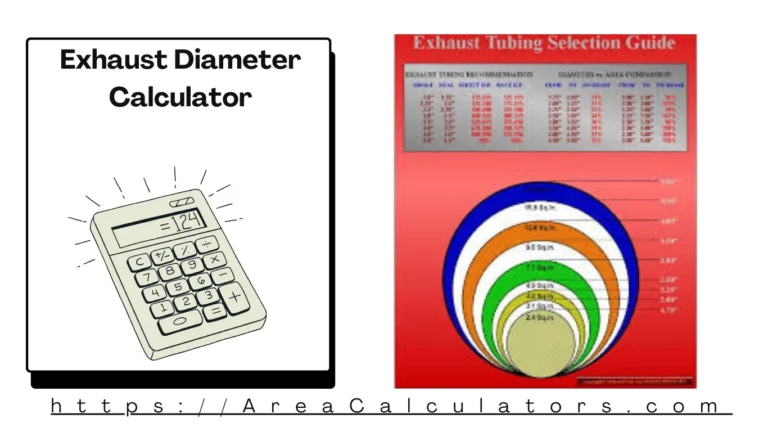With the global shift toward renewable energy, solar radiation data is more crucial than ever. The Clearness Index (Kt), a key parameter in solar energy analysis, allows us to understand how much sunlight reaches the Earth’s surface compared to what’s available above the atmosphere. The Clearness Index Calculator makes it easy to analyze this ratio and assess solar potential for any location, aiding in planning, research, and efficient energy use.
In this guide, we’ll walk you through how this calculator works, what it measures, and how it supports industries from solar engineering to climate science.
What is a Clearness Index Calculator?
Purpose and Relevance in Meteorology and Renewable Energy
Contents
- 1 Purpose and Relevance in Meteorology and Renewable Energy
- 2 Who Uses This Tool and When
- 3 Definition and Scientific Context
- 4 How It Reflects Atmospheric Clarity
- 5 Kt = H / Ho (Global / Extraterrestrial Radiation)
- 6 Units, Data Sources, and Sample Calculation
- 7 Global Solar Radiation (H)
- 8 Extraterrestrial Solar Radiation (Ho)
- 9 Step-by-Step Instructions for Accurate Use
- 10 Avoiding Common Calculation Errors
- 11 Solar Power Forecasting and System Design
- 12 Climatological and Atmospheric Research
- 13 Precision, Flexibility, and Data Compatibility
- 14 Graphical Output and Historical Comparison
A Clearness Index Calculator helps quantify the clarity of the atmosphere by comparing the total solar radiation received at ground level to the theoretical maximum available outside the Earth’s atmosphere. It is an essential tool for:
-
Assessing solar energy viability
-
Modeling atmospheric clarity
-
Analyzing seasonal climate variability
Who Uses This Tool and When
This tool is used by:
-
Solar engineers designing photovoltaic or thermal systems
-
Meteorologists studying sunlight distribution patterns
-
Climate scientists analyzing regional radiation anomalies
-
Students and educators in environmental science courses
Whether you’re planning a solar farm or studying climate behavior, this tool provides valuable insights.
Understanding the Clearness Index (Kt)
Definition and Scientific Context
The Clearness Index (Kt) is the ratio of actual global horizontal solar radiation reaching the Earth’s surface to the theoretical maximum solar radiation outside Earth’s atmosphere (called extraterrestrial radiation). Its value ranges between 0 and 1.
-
A Kt close to 1 suggests clear skies with minimal atmospheric interference.
-
A lower Kt (like 0.3 or below) indicates cloud cover, haze, or pollution is obstructing sunlight.
How It Reflects Atmospheric Clarity
The index reflects atmospheric conditions such as:
-
Cloudiness
-
Dust concentration
-
Pollution levels
-
Humidity
Thus, it’s a vital proxy for understanding how much solar energy can be harnessed at ground level under actual weather conditions.
Clearness Index Formula Explained
Kt = H / Ho (Global / Extraterrestrial Radiation)
Where:
-
H = Global solar radiation on a horizontal surface (MJ/m² or kWh/m²/day)
-
Ho = Extraterrestrial solar radiation on a horizontal surface
This formula is simple yet powerful—it reveals the efficiency of solar radiation transmission through the Earth’s atmosphere.
Units, Data Sources, and Sample Calculation
-
H and Ho are usually measured in the same energy units (MJ/m²/day or W/m²)
-
Ho depends on day of year, latitude, and solar declination
Example:
If H = 15 MJ/m²/day and Ho = 25 MJ/m²/day
Then Kt = 15 / 25 = 0.60
This suggests moderate clarity—suitable for solar panel operation with some atmospheric interference.
Required Input Parameters for Accurate Results
Global Solar Radiation (H)
-
Measured using pyranometers
-
Often provided by weather stations or satellite datasets
-
Reflects real-world, ground-level solar availability
Extraterrestrial Solar Radiation (Ho)
-
Calculated based on:
-
Latitude
-
Day of year
-
Solar angle equations
-
It represents the ideal, unobstructed solar energy received outside the atmosphere.
How to Use a Clearness Index Calculator
Step-by-Step Instructions for Accurate Use
-
Input the daily or monthly global solar radiation (H)
-
Input extraterrestrial solar radiation (Ho) – or select your latitude and date for it to be auto-calculated
-
Click “Calculate”
-
View the Clearness Index (Kt) and interpret the atmospheric clarity
Some tools also provide charts or historical comparisons.
Avoiding Common Calculation Errors
-
Don’t mix up units—ensure both H and Ho use the same
-
Avoid using average values across vastly different days (e.g., cloudy and sunny)
-
Ensure latitude and date accuracy when calculating Ho
These steps are critical for ensuring reliable solar system forecasts.
Real-World Applications of the Clearness Index
Solar Power Forecasting and System Design
-
Helps determine panel placement, tilt angles, and expected yield
-
Allows comparison of solar viability across different regions
-
Aids in choosing storage capacities for off-grid systems
Climatological and Atmospheric Research
-
Supports long-term sunlight availability studies
-
Tracks trends in global dimming or brightening
-
Analyzes impacts of aerosols, clouds, and greenhouse gases
Scientists use clearness index trends to model solar radiation patterns under climate change scenarios.
Key Features in a Clearness Index Calculator
Precision, Flexibility, and Data Compatibility
A good calculator should offer:
-
Manual or automatic Ho generation
-
Compatibility with weather datasets
-
Support for multiple time intervals (hourly, daily, monthly)
Graphical Output and Historical Comparison
Advanced calculators may include:
-
Graph plots of Kt over time
-
Location comparison tools
-
Export features for further analysis
These insights help users make informed decisions about solar deployment.
Benefits of Using a Clearness Index Calculator
-
Improves solar energy planning
-
Saves time through quick estimations
-
Reduces uncertainty in power yield projections
-
Enhances understanding of atmospheric conditions
-
Guides infrastructure investment with better data
For both academia and industry, the calculator is an invaluable resource.
Limitations and Assumptions to Keep in Mind
-
Assumes uniform radiation across location (may vary with topography)
-
Doesn’t account for seasonal changes in albedo or ground reflectance
-
May oversimplify cloud types and temporal variation
-
Quality of input radiation data significantly affects accuracy
Use it as a guidance tool, not a precise forecasting device without validation.
Clearness Index vs. Cloud Cover Metrics
| Metric | Description | Best For |
|---|---|---|
| Clearness Index (Kt) | Ratio of actual to theoretical solar radiation | Quantifying solar resource |
| Cloud Cover (%) | Percentage of sky covered by clouds | Weather reporting and short-term forecasts |
Kt offers quantitative clarity; cloud cover provides visual estimation.
Tips for Effective Use in Solar Project Planning
-
Use multi-day averages for stability
-
Combine with PV system simulation software
-
Analyze historical trends to optimize panel efficiency
-
Factor Kt into location selection for new solar farms
These strategies ensure you make the most of every ray of sunlight.
Future Trends in Solar Radiation Analytics
-
AI-based solar forecasting
-
IoT solar sensors for real-time clearness data
-
Integration with climate models and building energy systems
-
Mobile-first calculator apps for field engineers
The future is data-driven, fast, and personalized.
FAQs:
1. What is a clearness index?
It’s the ratio of actual solar radiation to the theoretical maximum at the top of the atmosphere.
2. Why is it useful?
It helps assess solar energy potential and understand atmospheric clarity.
3. What values are typical?
Ranges from 0.3 (cloudy) to 0.8+ (clear skies).
4. Can I calculate it for any location?
Yes, as long as you have accurate H and Ho values.
5. Does it vary by season?
Yes, due to changing sun angles and weather conditions.
6. Is it relevant for wind or hydro systems?
Not directly—it’s specific to solar radiation and atmospheric clarity.
Conclusion:
The Clearness Index Calculator is an indispensable asset for anyone involved in solar energy, meteorology, or climate research. It transforms complex atmospheric data into actionable insights, empowering smarter decisions in solar infrastructure and environmental modeling. As we advance into a greener energy era, tools like these will play a central role in shaping a sustainable future—one calculation at a time.





